Weed Action Fund Stage 3
Project 6. Emerging weeds
Strategic planning, community education and targeted on-ground works to tackle Tasmania’s emerging weed threats.
The Tasmanian Government’s Weeds Action Fund (WAF) supports coordinated action to reduce the impact of priority weeds on agriculture and the environment.
Under WAF Stage 3, Enviro-dynamics, through its delivery partners Landscape Recovery Foundation and Derwent Catchment Project, will lead a statewide program focused on emerging priority weeds, combining strategy development, education and awareness, surveying and targeted control to stop spread at the source and protect Tasmania’s biosecurity.
Why focus on emerging weeds?
A number of serious and potentially serious weeds have recently established or expanded in Tasmania. Early, coordinated action is the most cost-effective way to contain or eradicate outbreaks — especially around high-value assets, across tenures and along known spread pathways.
What this project will deliver
Public resources & events: Field days/workshops across Tasmania, short educational videos, and downloadable brochures covering identification, impacts, hygiene and best-practice control for specific species.
Strategic guidance: Species strategies/plans (statewide or local, as required) that set priorities, roles, rapid-response pathways and best-practice guidance.
Survey & control: A pooled minimum of 80 person-days of surveys and targeted on-ground works across priority species and sites, delivered with landholders, councils and community groups; new records uploaded to the Natural Values Atlas (NVA).
How we’ll work
We’ll work in close partnership with landholders, councils, utilities, NRE Tasmania/Biosecurity Tasmania, Landcare/Wildcare and producer groups to align priorities and share effort. Our cross-tenure approach targets sites where control will curb regional spread and protect high-value assets. All actions will follow best-practice hygiene and treatment methods, with monitoring and clear, scheduled follow-up built in.
Emerging Weeds Project 6
Emerging Weeds Project 6
-

Bathurst & Noogoora burr
Xanthium spp.
-
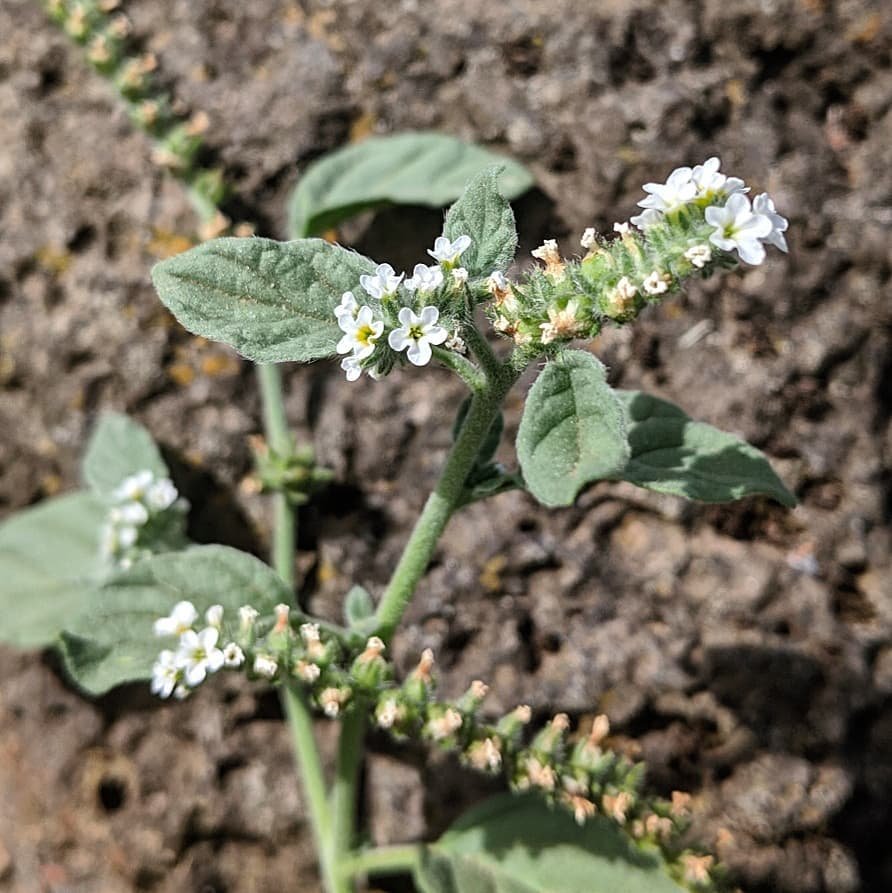
Common heliotrope
Heliotropium europaeum
-

Japanese knotweed
Reynoutria japonica
-
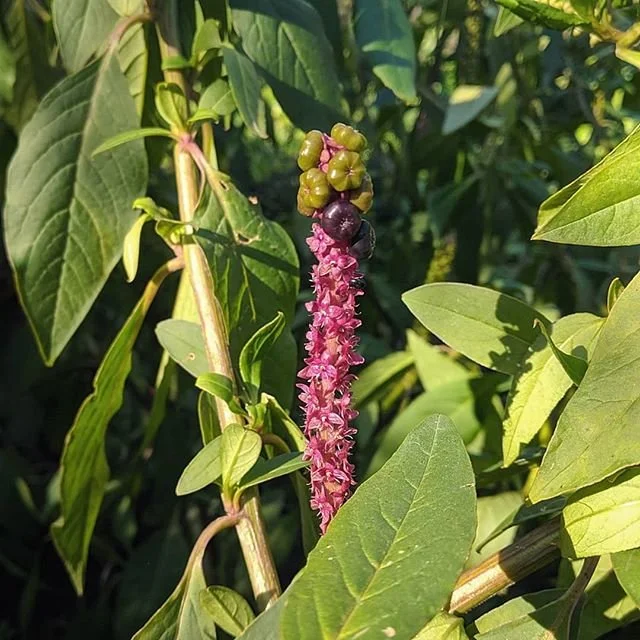
Red inkweed
Phytolacca octandra
-
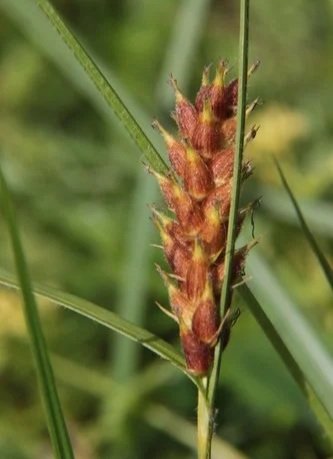
Hairy sedge
Carex Hirta
-
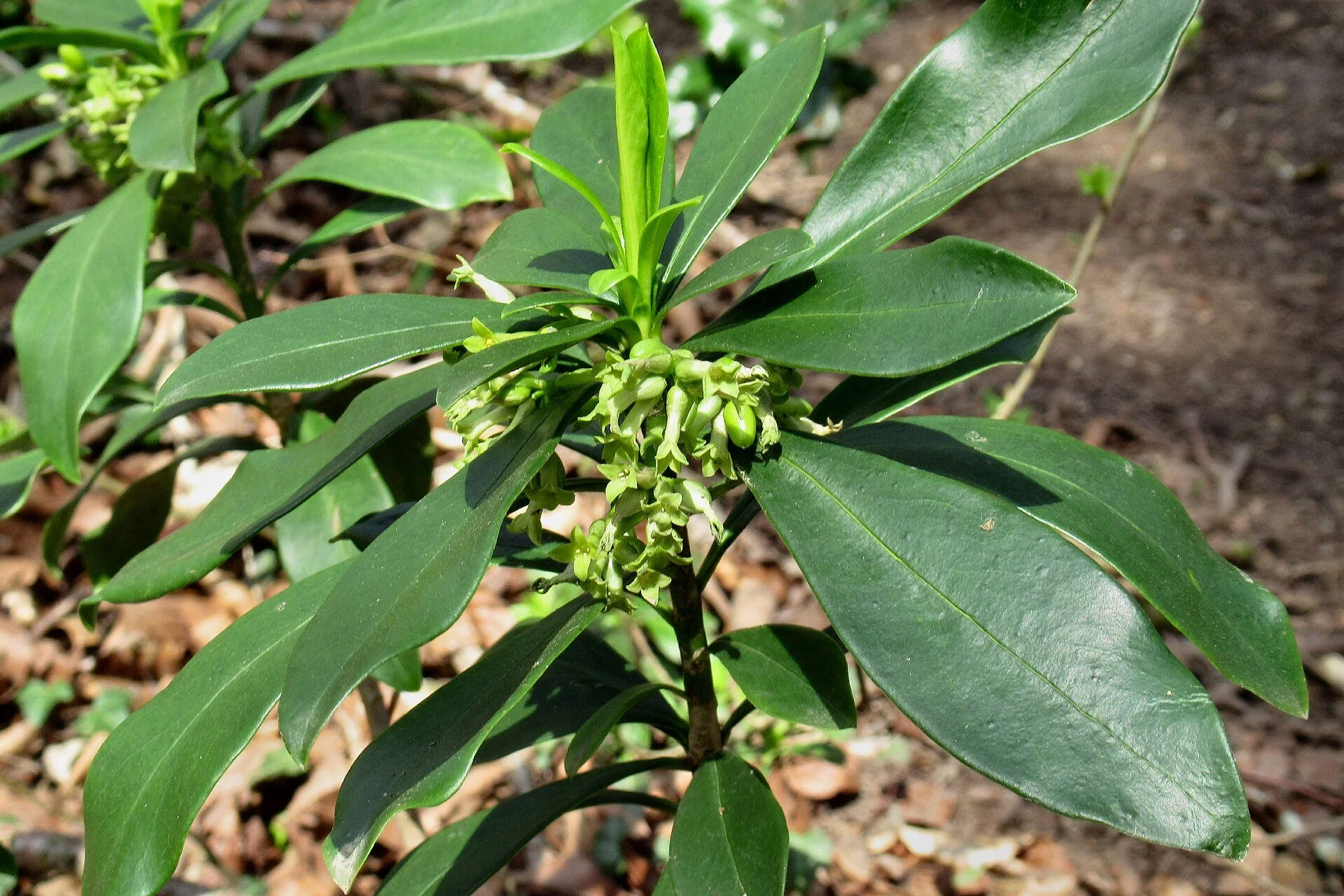
Spurge laural
Daphne laureola
-
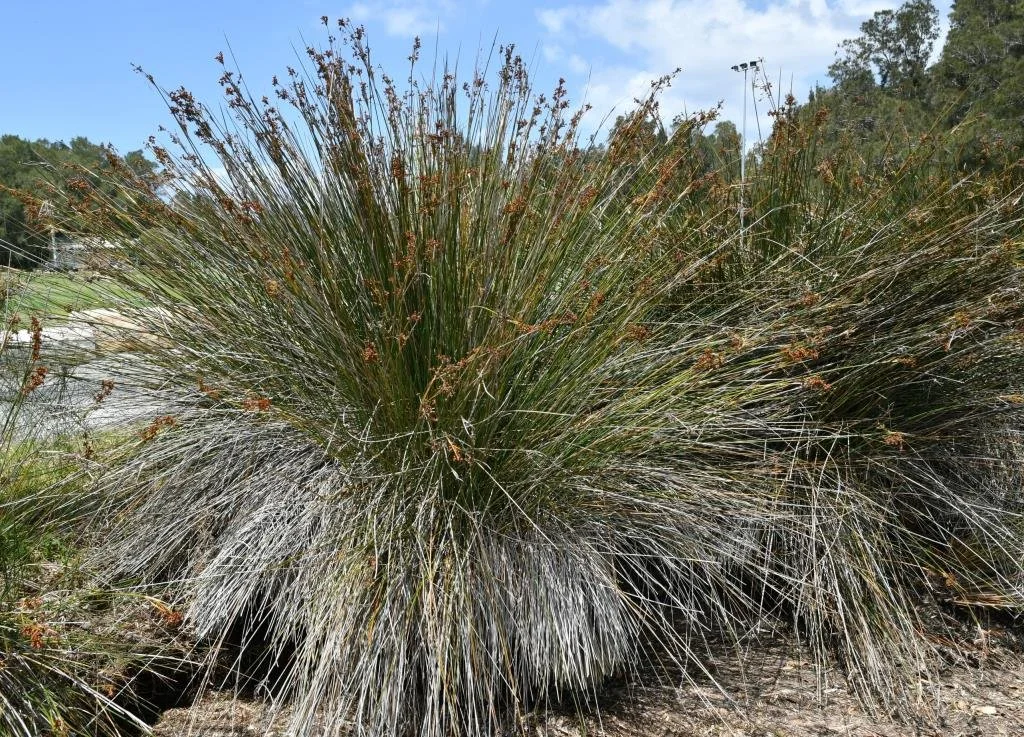
Spiny rush
Juncus acutus
-

Chilean mayten
Maytenus boaria
-
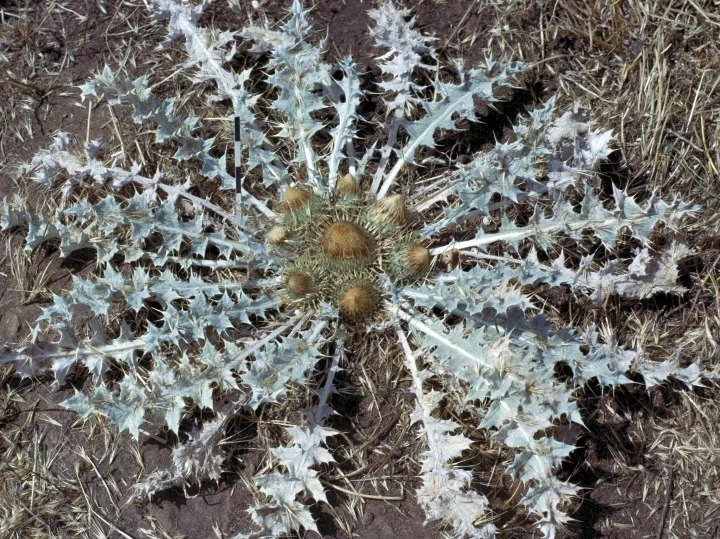
Stemless thistle
Onopordum acaulon
-
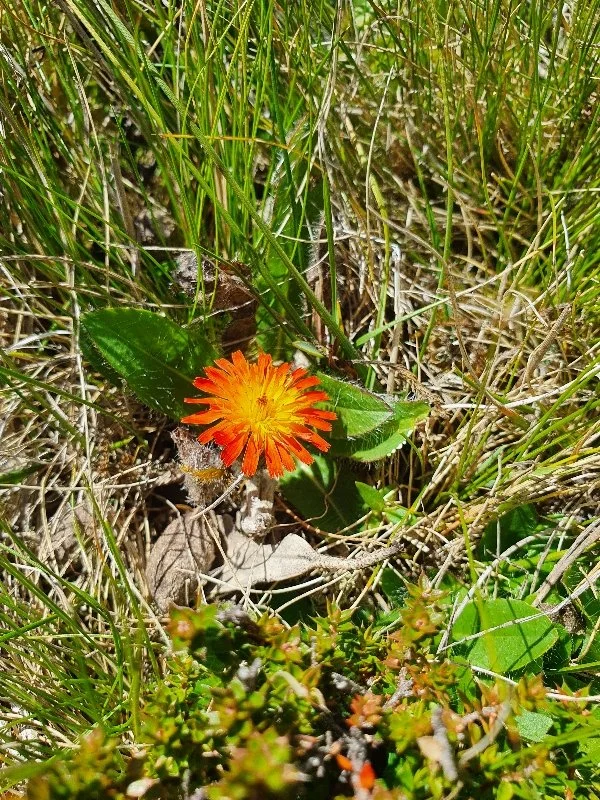
Orange hawkweed
Pilosella aurantiacum
-

Our target species
Each target species has a tailored package of deliverables: a mix of education resources, management plans, surveys and targeted treatment matched to species’ risk, distribution and feasibility. To learn more about what’s planned in your area or for a particular species, please contact the relevant lead.
-
lead contacts
For enquiries related to Xanthium spp., Japanese knotweed, red inkweed, or common heliotrope, hairy sedge, spurge laurel, spiny rush, Chilean mayten, and stemless thistle, please contact Steph Horwood at
stephanie.horwood@enviro-dynamics.com.au
For enquiries related to orange hawkweed, please contact Morgan McPherson at
Image credits: Carex hirta: ©anna_efimova, Daphne laureola: Andy Scott, Heliotropium europaeum: Weeds of Melbourne, Juncus acutus: Paul Marynissen NSW DPI, Maytenus boaria: Scott Zona, Onopordum acaulon: JJ Dellow, Phytolacca: Weeds of Melbourne, Xanthium spp.: Bob Trounce NSW DPI


